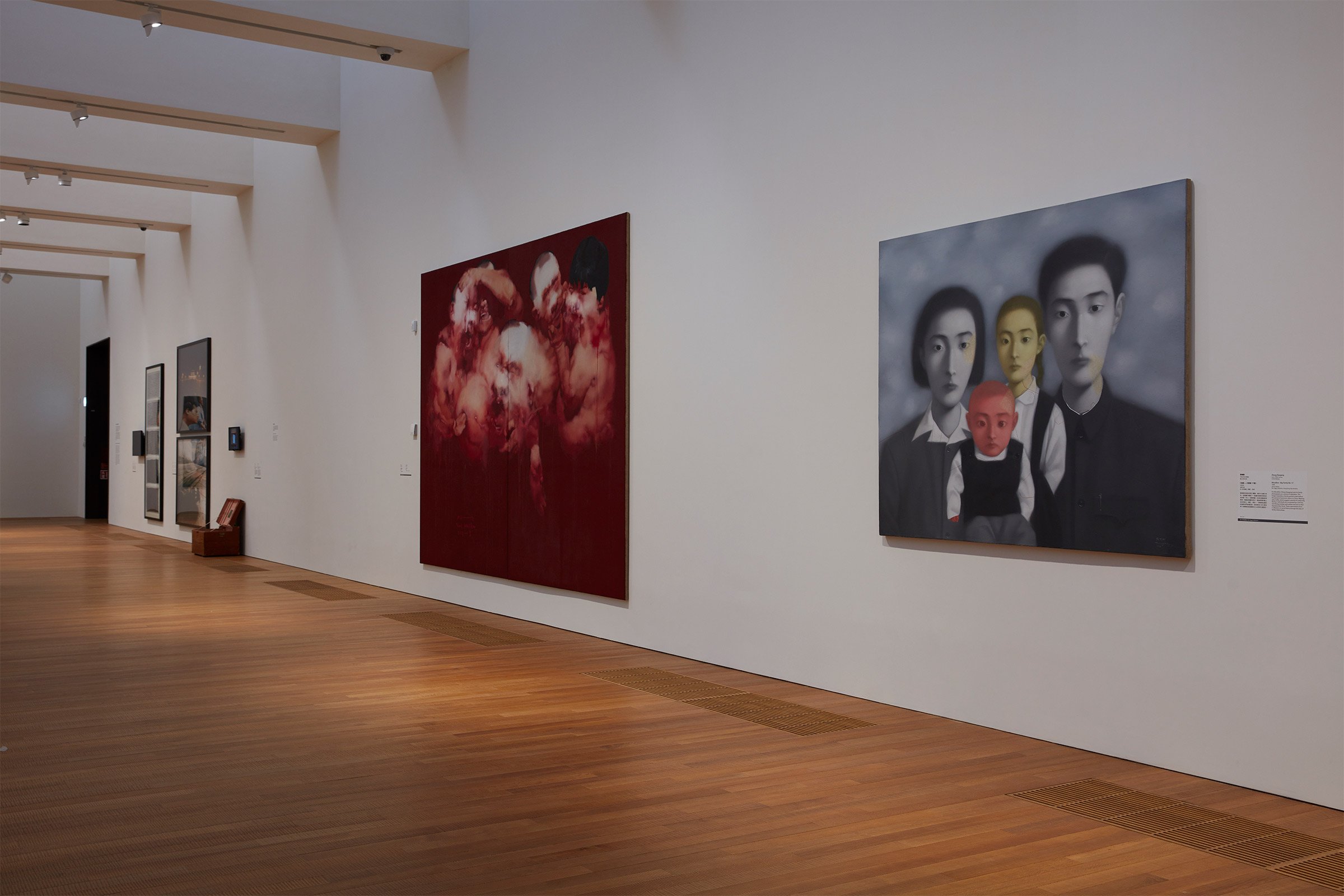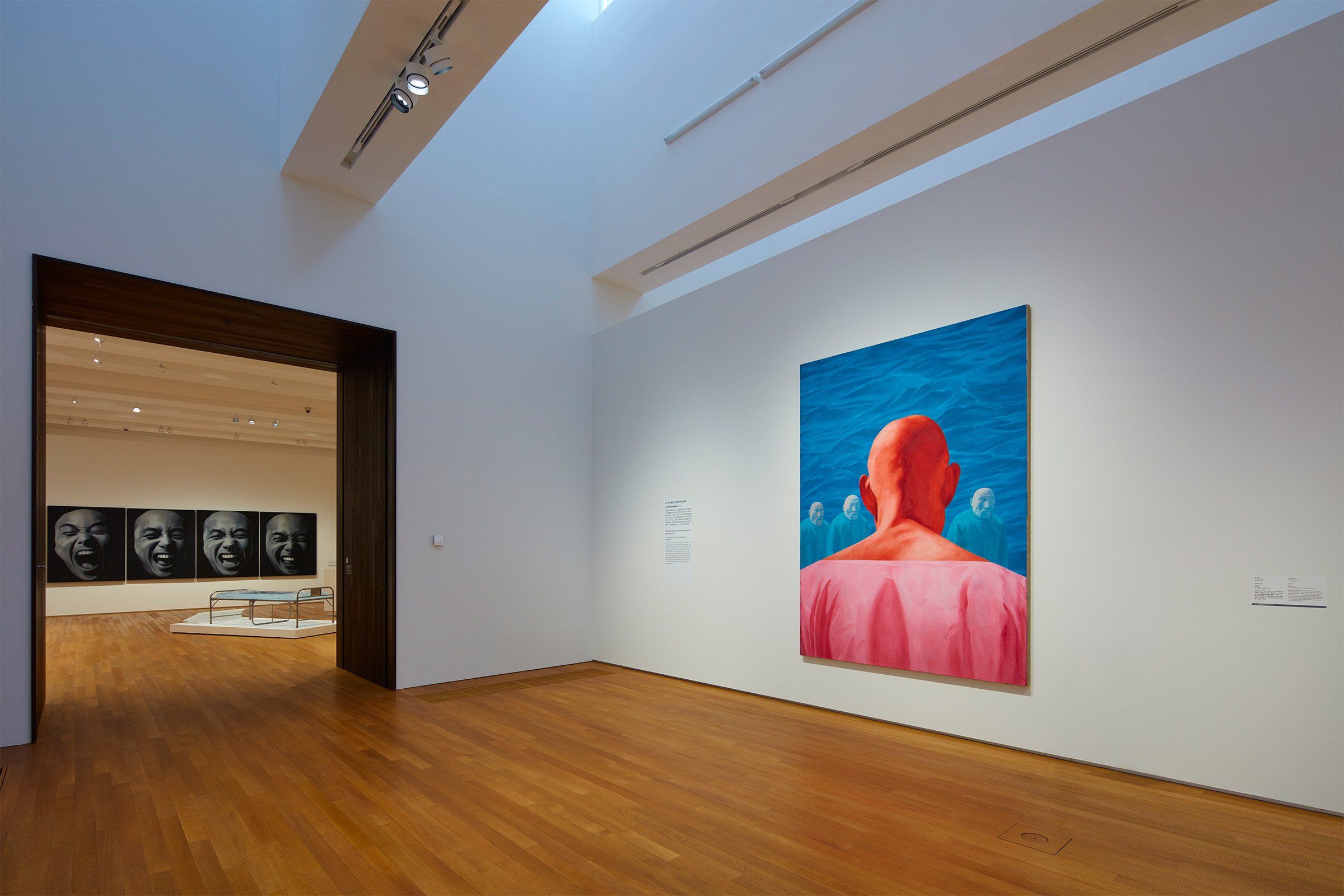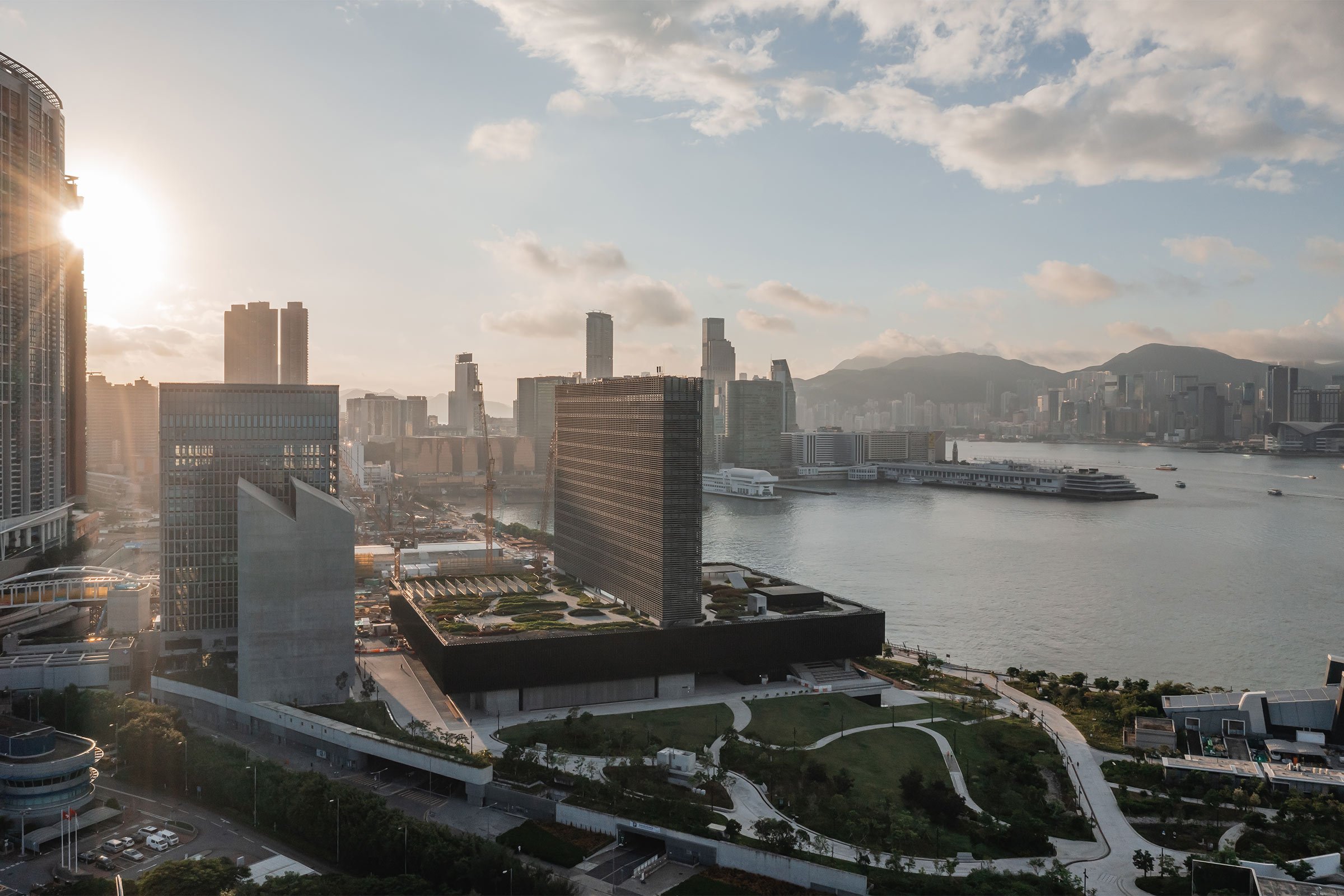Spotlight on M+: Documenting Asia’s Design and Architecture History
During Business of Design Week 2021 we had the chance to sit down with Ikko Yokoyama, lead curator of design and architecture at M+, Hong Kong’s new museum of visual culture. Here Yokoyama talks about the curation process and the museum’s role in representing Asian artists and designers
Ikko Yokoyama. Image by Winnie Yeung @ VISUAL VOICES, courtesy of M+, Hong Kong
Design Anthology: What was it like to open a museum in 2021? What were the goals, challenges and expectations during that process?
Ikko Yokoyama: The promise was to deliver one of the largest museums of modern contemporary visual culture in the world, focusing on a century of design and architecture development in Asia — so this was quite an ambitious project. The opening was different from what we’d imagined, since we expected to welcome a global audience. Because of COVID-19, our audience ended up being one hundred per cent local, which we considered lucky since it made a great study for us to open the museum with. We had an overwhelming response, with over 10,000 visitors a day in the first three weeks after the opening, and we’re still seeing around 8,000 a day currently.
What was your approach to curating the museum’s design and architecture section? What makes the collection stand out?
We started curating our collection in 2012. For the opening exhibition, our goal was to present the strategies and topics that drove us during the curation process, so the display covers 70 years of Asian design and architecture history. A big part of our mission was also to explain why design and architecture are important parts of our museum culture. Asia went through different formative periods — the post-war, the post-independence and the post-colonial periods — and design and architecture played a very important role in building countries, economies and identities. So there’s actually so much more meaning to an object than just function. By putting pieces in a loosely chronological order, we want to show how design is always reacting to our social conditions and why our lives look like they do today.
What role does M+ play in terms of representing Asian artists, architects and designers? Why take a multidisciplinary approach?
The last decade or so has seen a very proactive interest in Asian design and architecture. Western museums and galleries realised that design and architecture exist beyond the West, and they’re desperate to fill those gaps. With M+, we want to play a leading role in that mission.
Historians in the 20th century tended to separate subjects like art history, architecture history and design history and study them individually. But arts, design and architecture have always existed in parallel to each other, and for a 21st-century museum, ‘visual culture’ was the most natural way to create more inclusive narratives.
What role will museums play in the future? How can museums adapt to changes in society?
I think museums will continue to play an important role in writing the history of Asian culture, in parallel with universities and academia. Today's culture is much more visually driven. People consume information through visuals, and even if many experiences are now translated digitally, I think museums will still play a very distinct role.
Artists and designers are adapting to social change and shaping social changes themselves. By collecting and exhibiting their work, we display their ideas. Curating is not about sharing our personal ideas, but about how we can be the best mediators. Through mediation, we can highlight different questions. So ultimately, museums are driven by the makers.
As told to / Nina Milhaud
M+, Hong Kong. Image by Edman Choy, courtesy of Herzog & de Meuron
The Main Hall, M+, Hong Kong. Image by Kevin Mak, courtesy of Herzog & de Meuron
The Main Hall, M+, Hong Kong. Image by Kevin Mak, courtesy of Herzog & de Meuron
The Main Hall, M+, Hong Kong. Image by Kevin Mak, courtesy of Herzog & de Meuron
M+ Commission: Tong Yang-Tze. Image by Lok Cheng, courtesy of M+, Hong Kong
The Main Hall, M+, Hong Kong. Image by Kevin Mak, courtesy of Herzog & de Meuron
Installation view of CRUCIFIED TVS — NOT A PRAYER IN HEAVEN in Focus Gallery. Image by Kevin Mak, courtesy of Herzog & de Meuron
The Main Hall, M+, Hong Kong. Image by Kevin Mak, courtesy of Herzog & de Meuron
Installation view of Individuals, Networks, Expressions in South Galleries. Image by Lok Cheng, courtesy of M+, Hong Kong
M+ Lounge. Image by Winnie Yeung @ VISUAL VOICES, courtesy of M+, Hong Kong
M+, Hong Kong. Image by Kevin Mak, courtesy of Herzog & de Meuron
Installation view of Things, Spaces, Interactions in East Galleries . Image by Kevin Mak, courtesy of M+, Hong Kong
Installation view of Individuals, Networks, Expressions in South Galleries. Image by Lok Cheng, courtesy of M+, Hong Kong
Installation view of M+ Sigg Collection: From Revolution to Globalisation in Sigg Galleries. Image by Lok Cheng, courtesy of M+, Hong Kong
Installation view of M+ Sigg Collection: From Revolution to Globalisation in Sigg Galleries. Image by Lok Cheng, courtesy of M+, Hong Kong
Installation view of M+ Sigg Collection: From Revolution to Globalisation in Sigg Galleries. Image by Lok Cheng, courtesy of M+, Hong Kong
Installation view of Things, Spaces, Interactions in East Galleries. Image by Lok Cheng, courtesy of M+, Hong Kong
Installation view of Hong Kong: Here and Beyond in Main Hall Gallery. Image by Lok Cheng, courtesy of M+, Hong Kong
Installation view of Things, Spaces, Interactions in East Galleries. Image by Lok Cheng and Dan Leung, courtesy of M+, Hong Kong
Installation view of Things, Spaces, Interactions in East Galleries. Image by Lok Cheng, courtesy of M+, Hong Kong
Mediatheque, M+. Image by Kevin Mak, courtesy of M+, Hong Kong
M+, Hong Kong. Image by Kevin Mak, courtesy of Herzog & de Meuron
M+, Hong Kong. Image by Kevin Mak, courtesy of Herzog & de Meuron
M+, Hong Kong. Image by Kevin Mak, courtesy of Herzog & de Meuron
M+, Hong Kong. Image by Kevin Mak, courtesy of Herzog & de Meuron
M+, Hong Kong. Image by Virgile Simon Bertrand, courtesy of Herzog & de Meuron




























